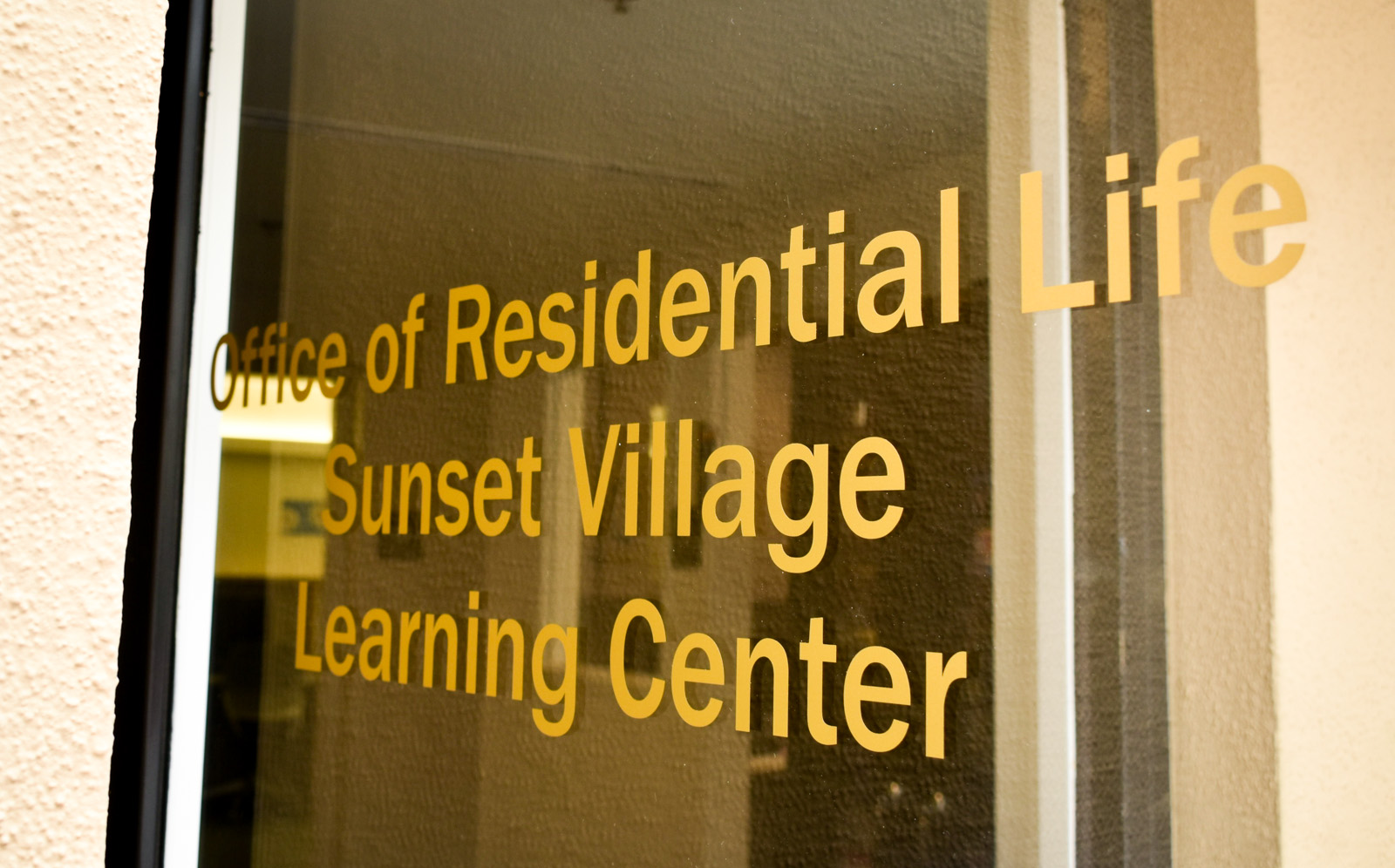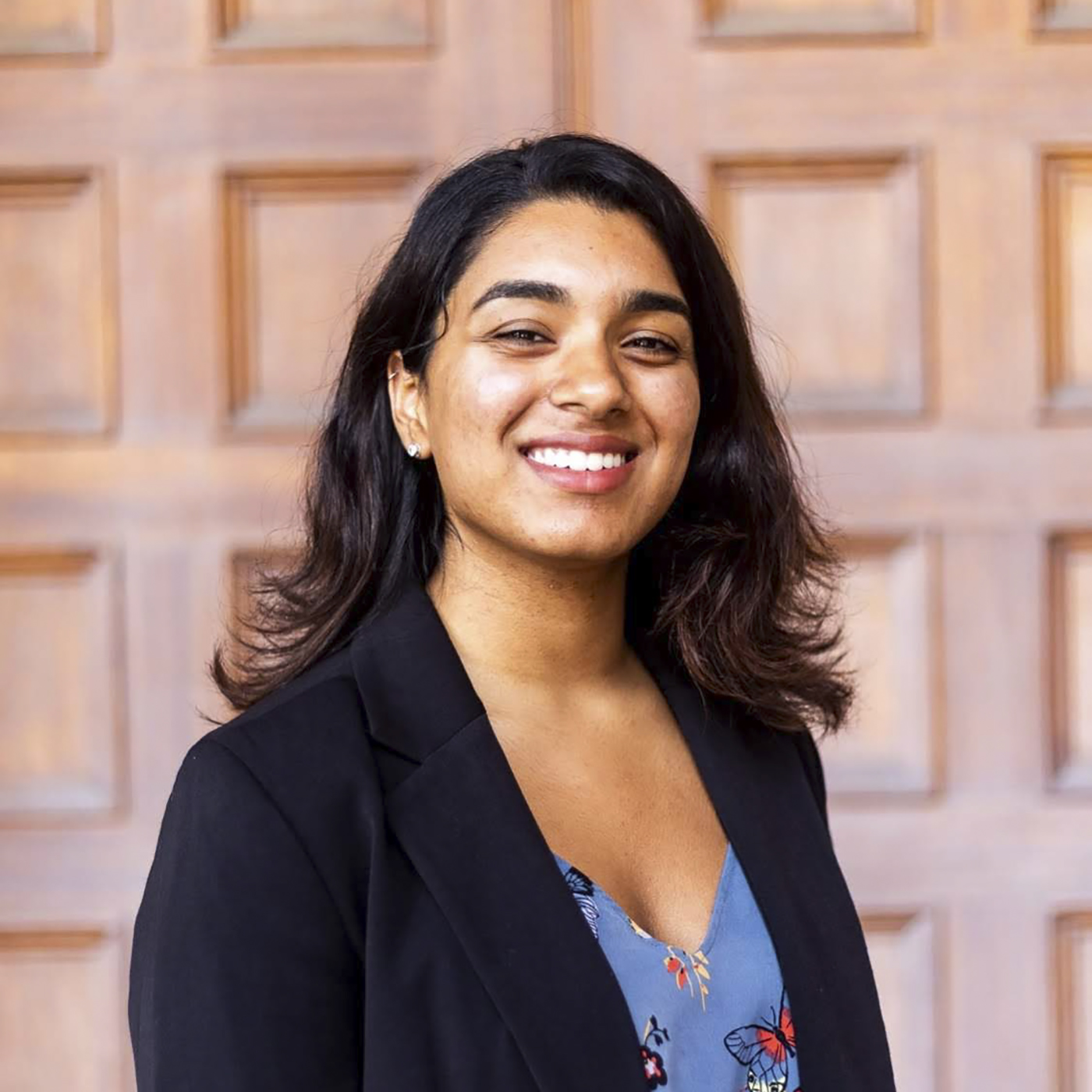Focus on individual academic counseling is necessary to amend freshman orientation

New Student Advisors are extensively trained in how to address incoming freshmen’s course, housing and student needs. But UCLA has a fatal catch when it comes to allowing NSAs to truly help students: They only have 30 minutes of advising time. That’s a recipe for disaster. (Daanish Bhatti/Daily Bruin)

By Navdeep Bal
May 14, 2019 11:12 p.m.
New Student Orientation exemplifies exactly what the next four years will be like for incoming first-years: friends, fun and total confusion over class planning.
Orientation is a three-day session during which new Bruins get to explore Westwood and the campus. Incoming students take part in many activities, from an after-hours scavenger hunt to a four-hour tour during which they are duped into believing that an alarming amount of dead bodies are buried on campus.
But most importantly, students receive vital information about UCLA and academic life. Topics range from extracurricular activities to degree requirements – yet the most important segment, scheduling classes, feels rushed and chaotic.
Everything from the activities to the presentations is done with a group of about 10 students and a New Student Advisor, who usually has their exact or similar major. The NSA is supposed to guide students through the transition to UCLA and set them up for academic success.
However, orientation is not designed in a way that allows advisors to be as beneficial as they should be. Students are hurried from presentation to presentation, at the end of which they must decide their courses.
Because of this, they end up starting fall quarter confused and lost. Picking the wrong classes can be academically detrimental. Poor advice from NSAs leads to poor class selection, which interferes with getting proper credit, fulfilling major requirements and graduating on time.
Orientation is due for an upgrade and the fix is simple. By expanding one-on-one sessions with NSAs, the process can be made less stressful for both freshmen and advisors.
UCLA spokesperson Katherine Alvarado said NSAs go through 12 weeks of extensive training, totaling more than 100 hours. They also take four tests with a final exam that they must receive a minimum of 90% on.
It’s evident NSAs are trained on the subject of enrollment, yet first-years don’t really get to reap these benefits. Comprehensive trainings mean nothing when new students don’t benefit from the things NSAs learn.
After all, students only receive a single one-on-one session with their NSAs in all the hubbub of orientation. These sessions are held on the second day, and the NSAs must cover a wide range of content in the span of 30 minutes. The consultations are scheduled right after each other, so NSAs are unable to recoup between meetings.
This leaves students feeling overwhelmed by how little opportunity there is to talk with their NSAs in a relaxed and comprehensive setting.
Sidney Kantono, a fourth-year psychology and communication student, said orientation was a lot to take in and that she felt lost during the enrollment process.
“I remember being in the dorm that they let you stay in and just being up for hours trying to figure out what classes would work,” Kantono said. “It was basically me trying to figure it out all on my own.”
Sometimes the inadequate time results in inadequate advice.
Kylie Toh, a second-year economics student, said she was originally a biochemistry student, but was thinking about switching to economics during orientation – something she said her NSA had difficulty with.
“Instead of encouraging me to pursue econ, he wanted me to work harder in biochem,” Toh said. “Maybe he thinks it’s important to not just give up right away before I start.”
Orientation needs to be restructured to increase student exposure to NSAs. Some students are undeclared and others want to switch majors, but they all need individualized help. One-on-one consultations should begin in the afternoon of the first day of orientation and last at least an hour with breaks in between so students and NSAs can adequately hash out enrollment schedules.
That’s something Donya Mazdeyasnan, a first-year physiological science student, said she would have benefited from. She said she would have used that time to create a general plan of how her first year would go, as opposed to just planning for the first quarter.
And while this restructuring would take time away from the other orientation presentations, it’s worthwhile in exchange for the improvements it would have on students’ academic futures. Most students do not comprehend the information presented during orientation’s general seminars, so those presentations can be reduced or cut. With this comprehensive approach, students will no longer have to frantically text their NSAs, but can instead plan for the upcoming year and get more accurate information.
The purpose of orientation is to comprehensively convey relevant information so freshmen can make a smooth transition and start the year strong.
UCLA already has many great traditions for incoming students: learning the 8-clap, being Bruintized and ridiculing USC.
Confusion and extreme stress from class planning shouldn’t be one of them.


